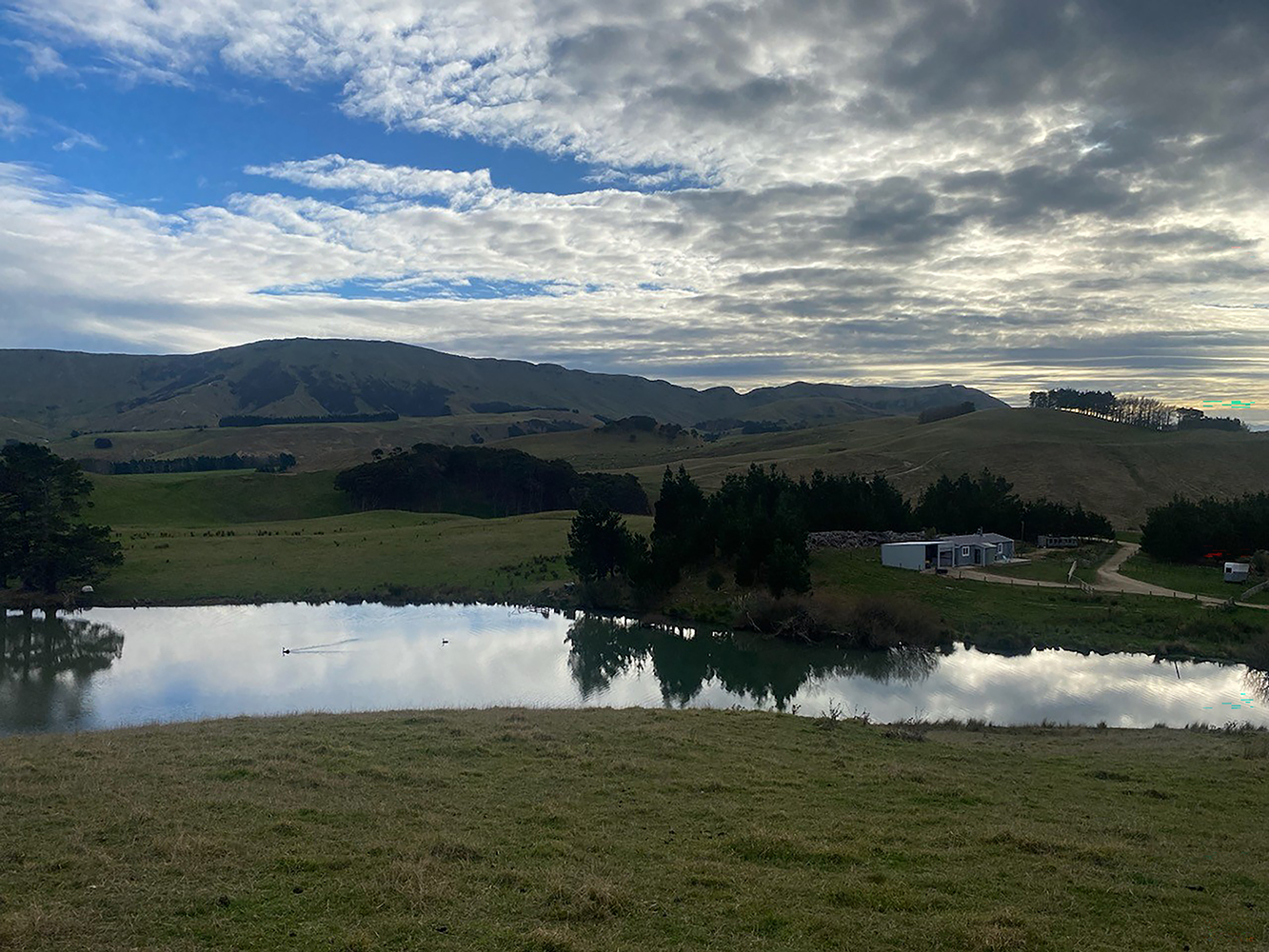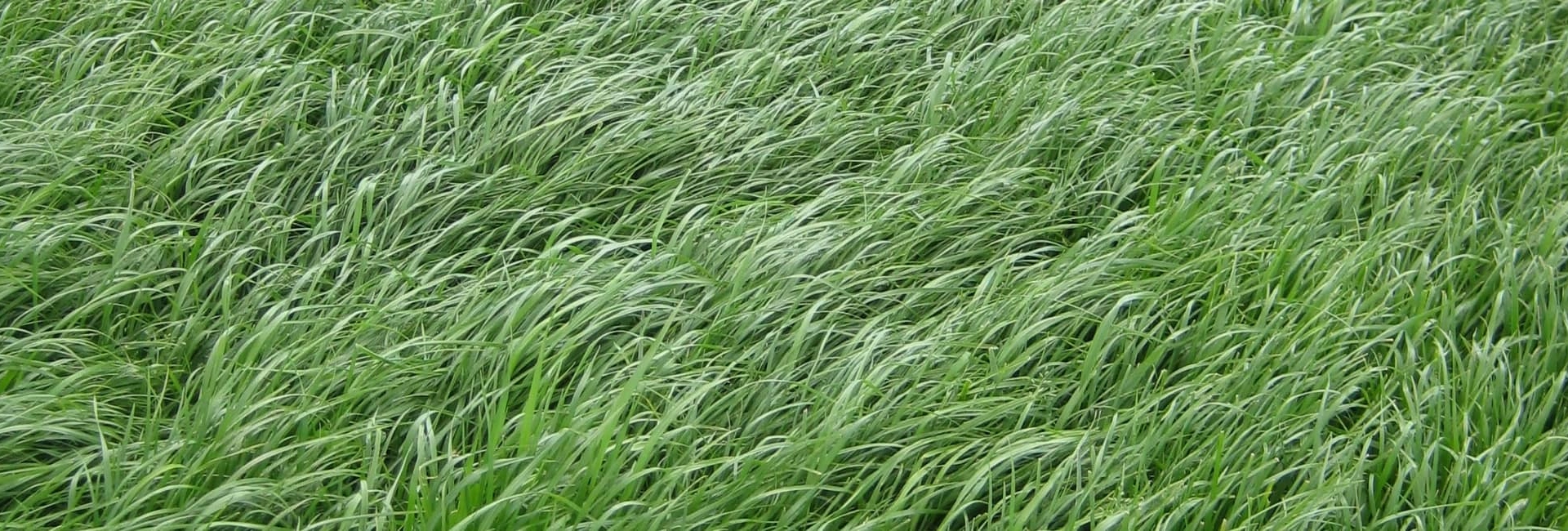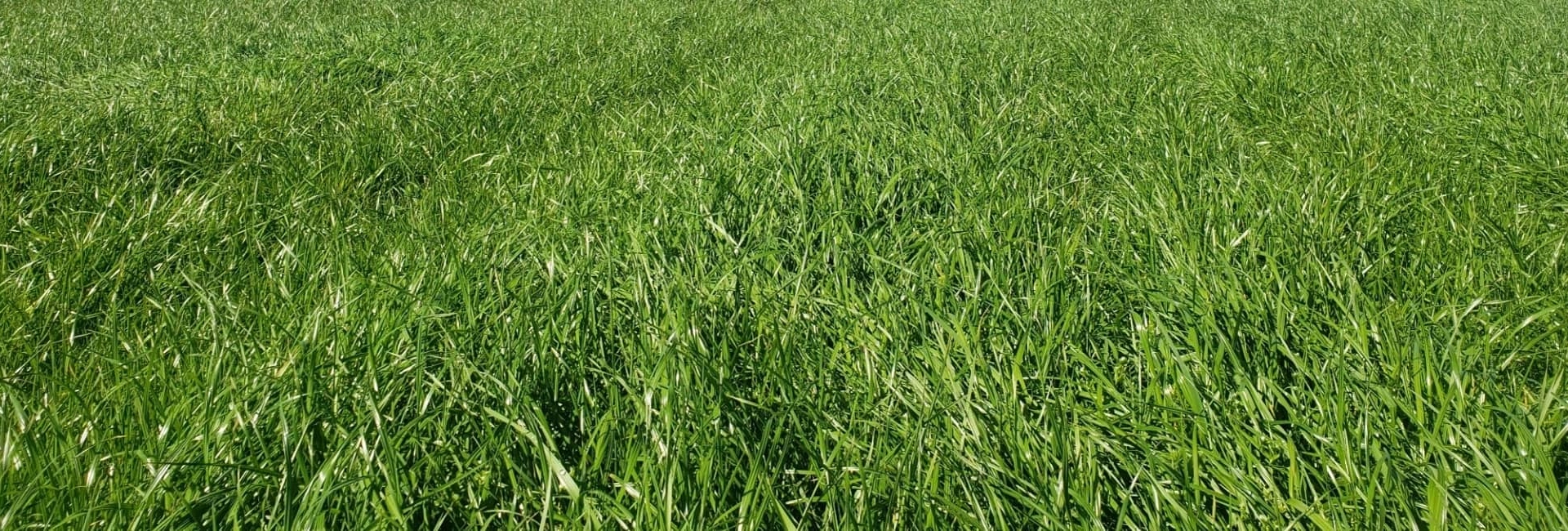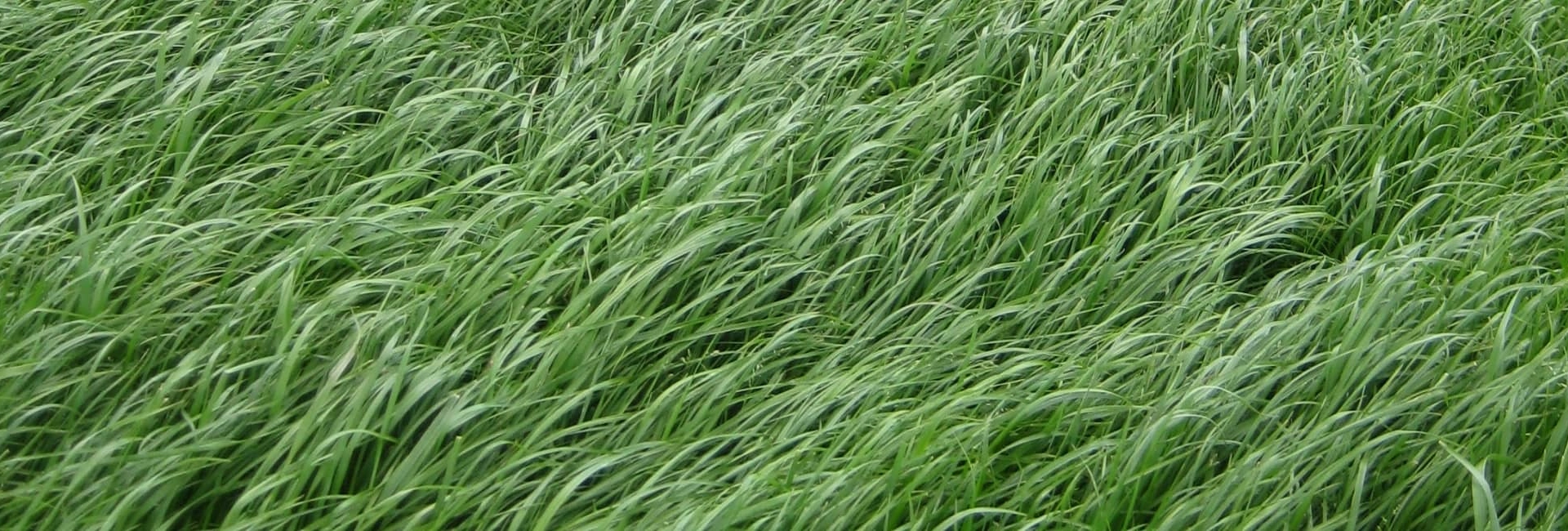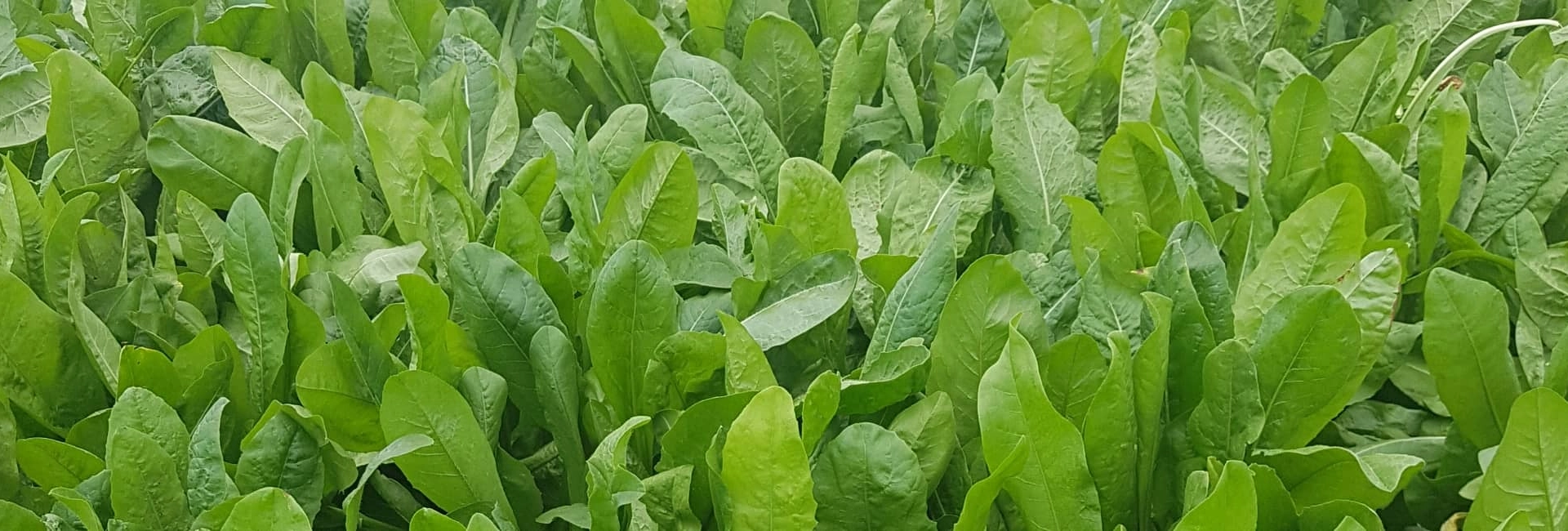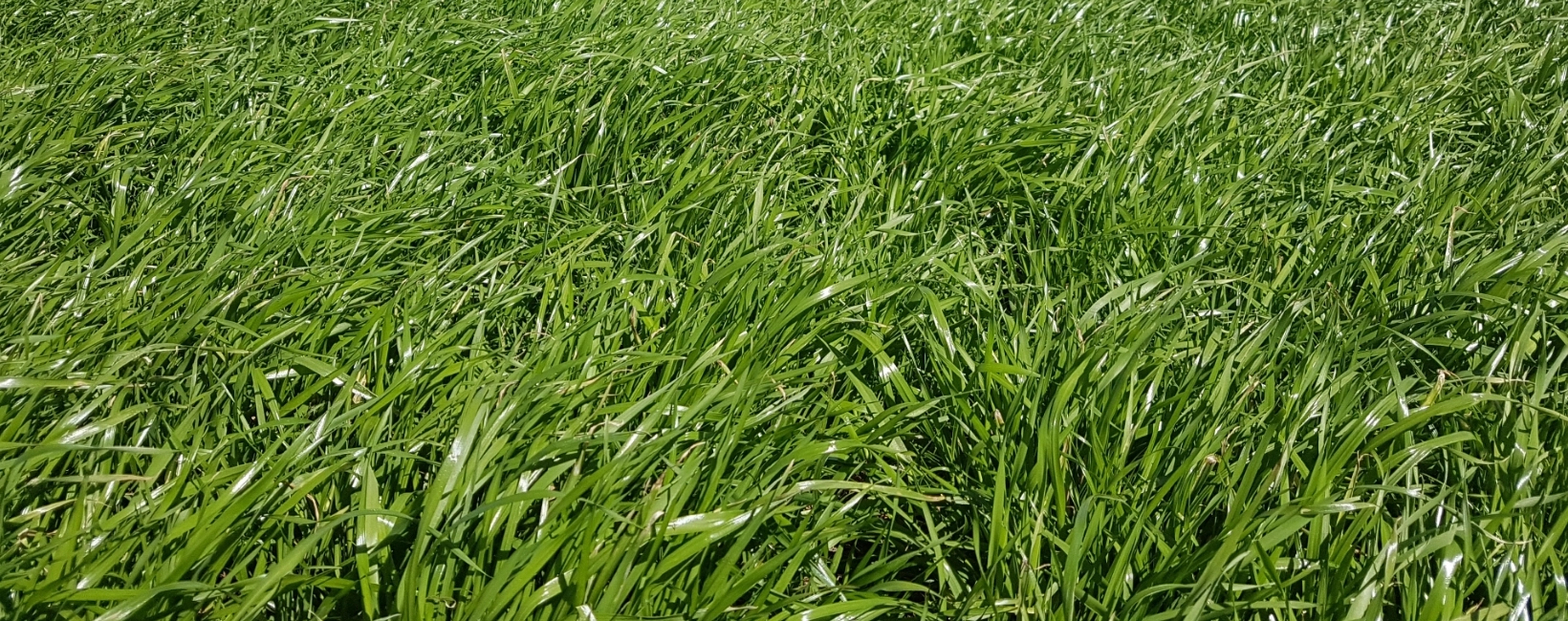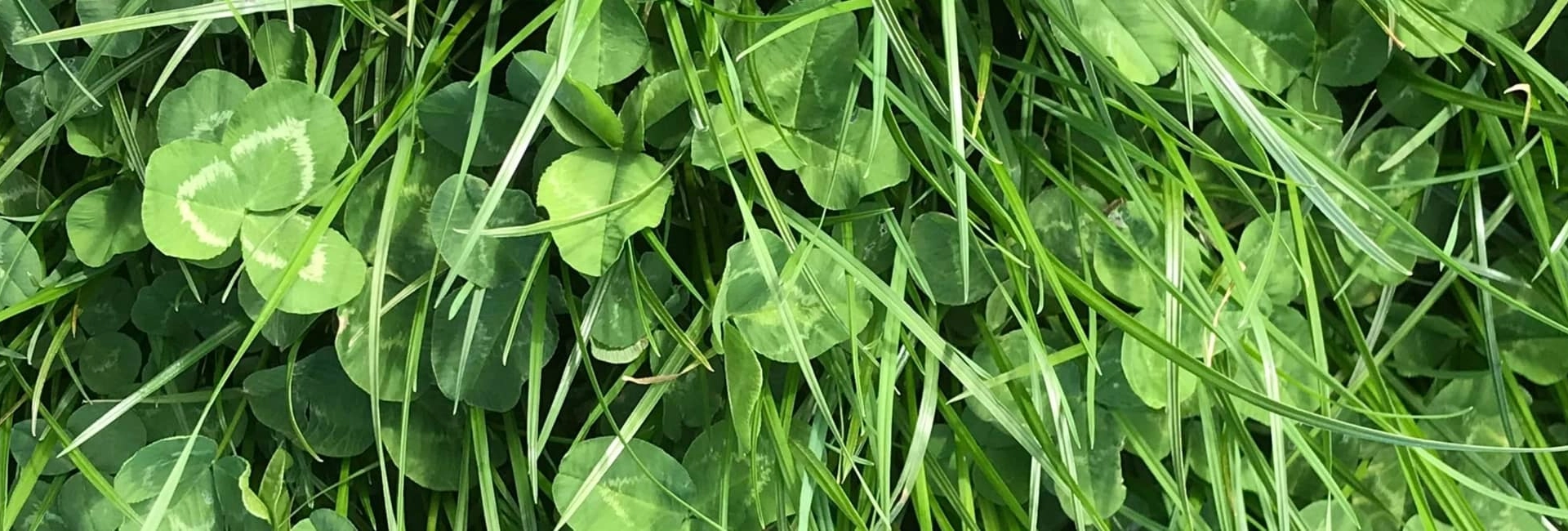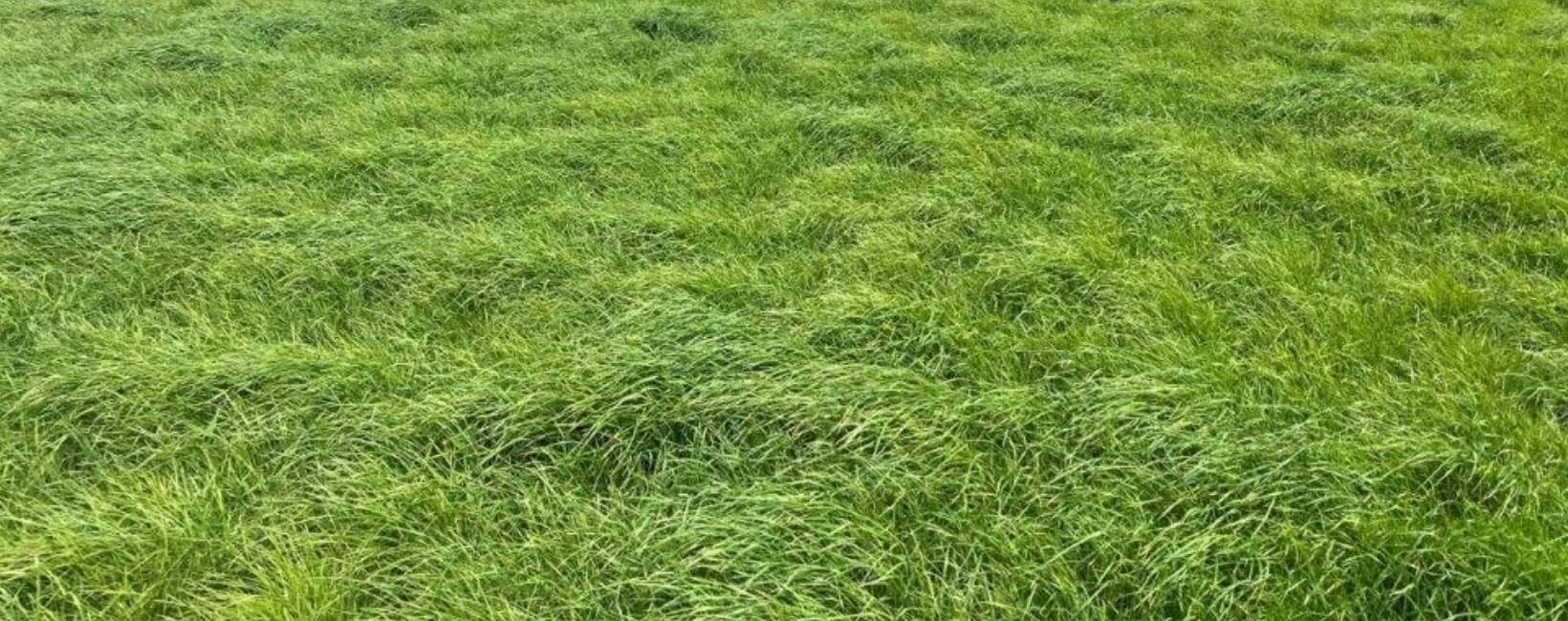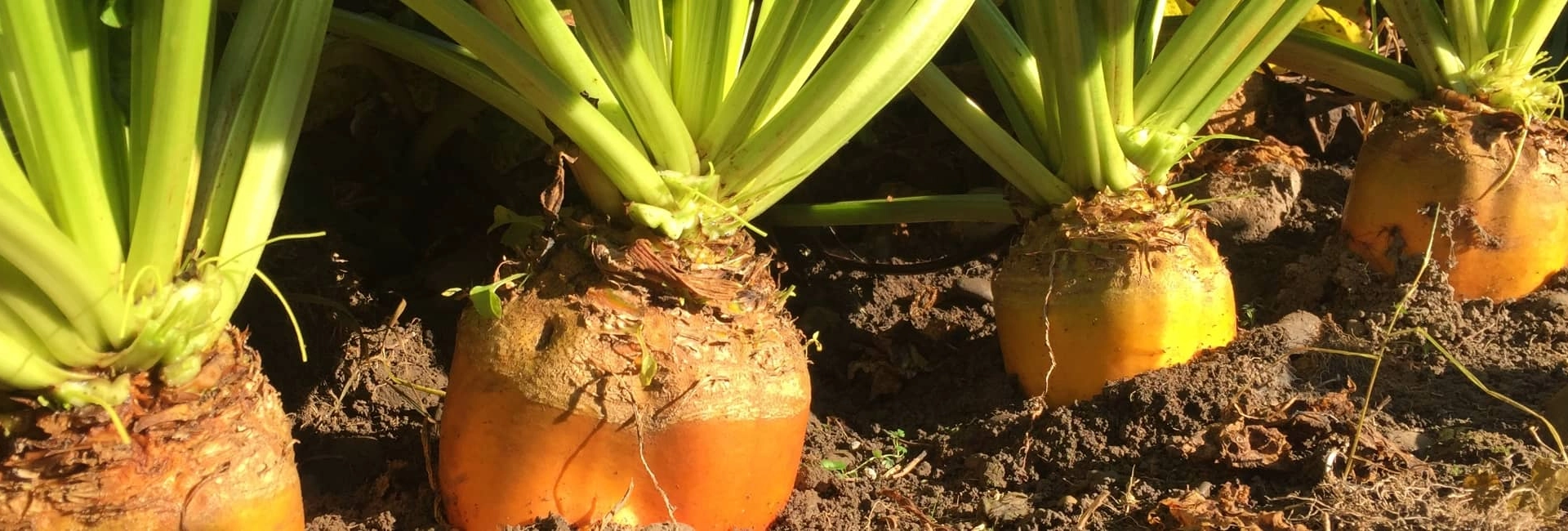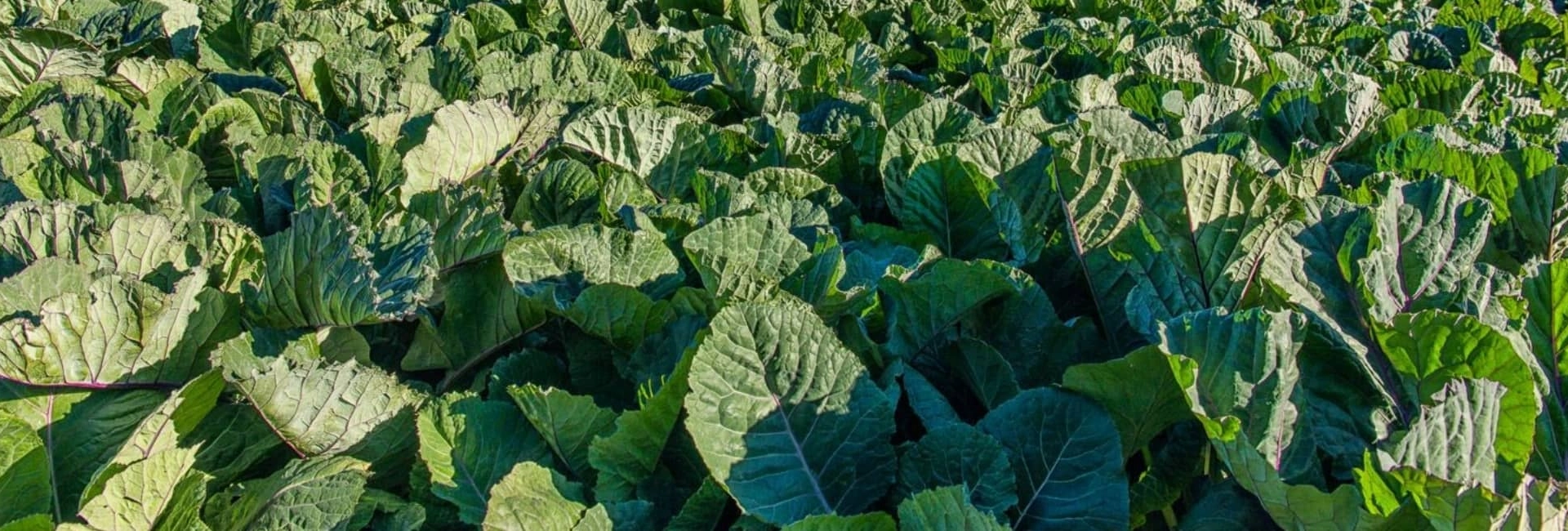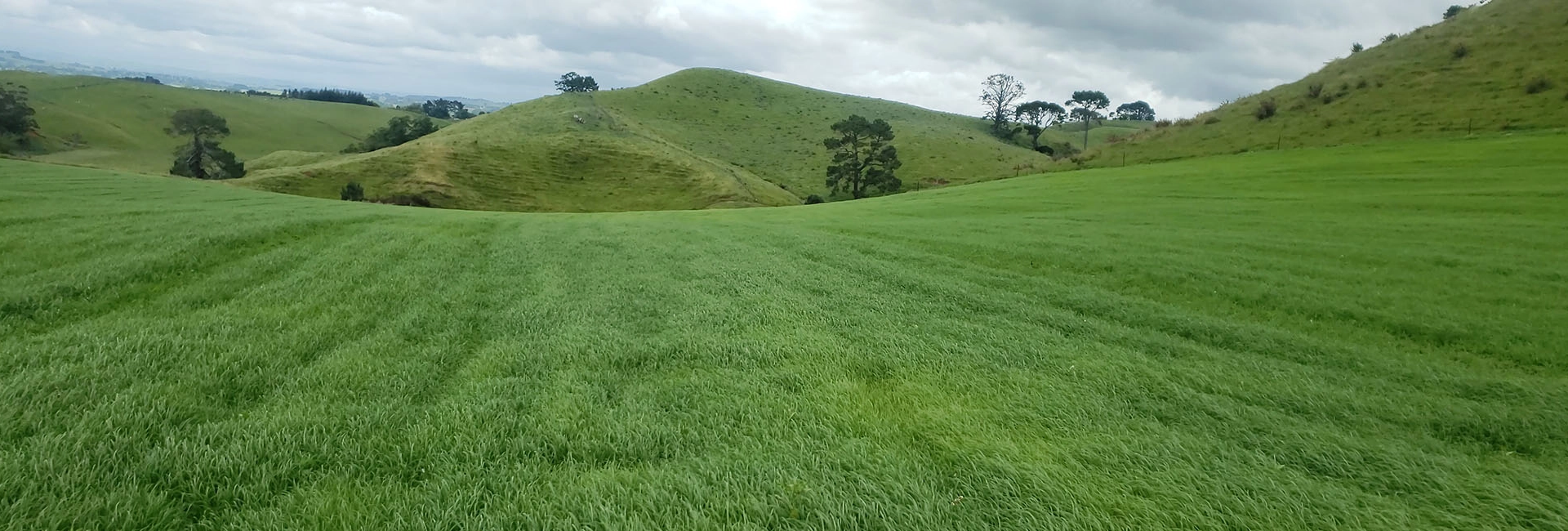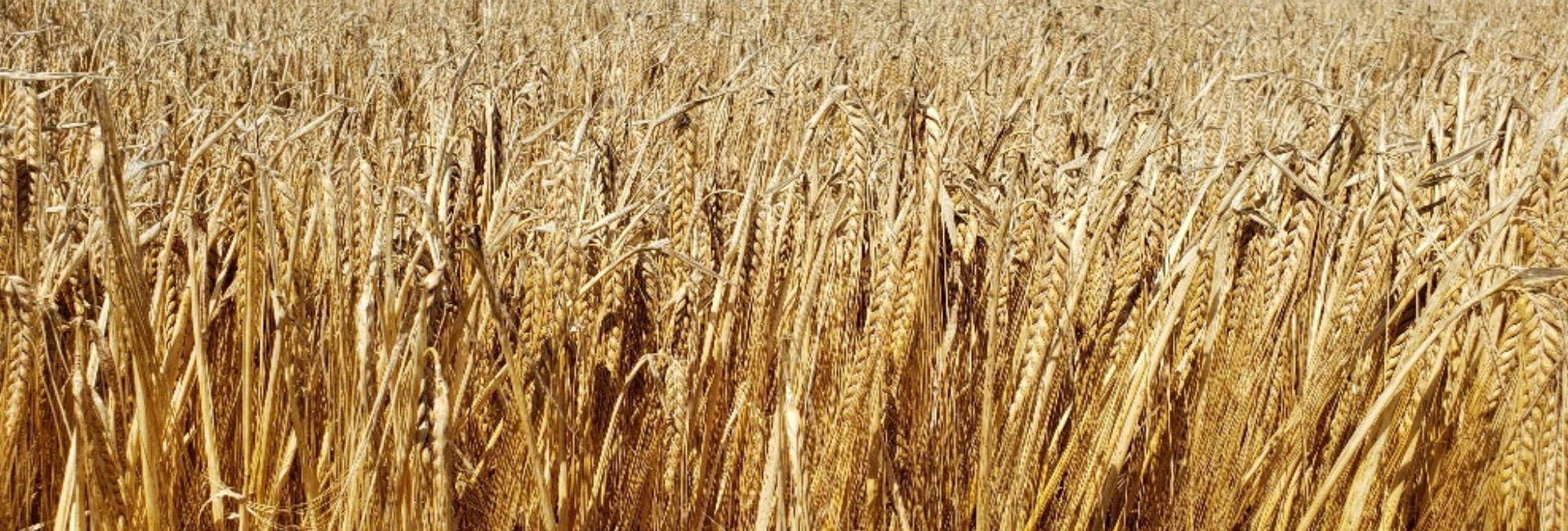Case study – Michael Gunn, Waipukurau – Stampede CM142

Healthy animals, outstanding growth – what’s not to like?
Trying to pick up sick sheep and pull them out of dams during his early years of shepherding was enough to put Michael Gunn off ryegrass staggers for good.
So when he heard about a new novel endophyte ryegrass bred for both high growth and safe grazing, the Hawke’s Bay red meat farmer couldn’t wait to try it.
Two and a half years into equity ownership of Ahiweka Station, Michael and his farm partners are busy intensifying dryland sheep and beef production on a total 900 ha at Flemington, near Waipukurau.
Annual crops have significantly lifted lamb and cattle trading opportunities.
But grass remains the foundation of their breeding and finishing, particularly on the 300 ha of flats which complement their rolling and steep hill country.
Over half the flats have been renewed, including paddocks of Stampede perennial ryegrass with CM142 endophyte sown last autumn.
While still to be grazed through the normal staggers risk period of a dry summer and autumn, by late 2024 Stampede had already impressed for other reasons.
“It’s been great. Growth rates have been outstanding,” Michael says. “We sowed it next to paddocks of other new grass, and you can really see the difference.”
Direct drilled after chicory, Stampede fed trade lambs over winter, followed by early terminal ewes with lambs at foot for about five weeks.
Once these were weaned onto the truck mid-November at the target of 17 kg, Michael used young cattle to take advantage of continued rapid growth.
“After the ewes and lambs came off, it started getting away and growing a bit more than I thought, so I’ve had our Friesian bulls in there.”
It’s this sort of pasture performance – plus persistence – that he and his partners are looking for as they ramp up carrying capacity and production across Ahiweka Station, year-round.
Winter and early spring growth is particularly useful, Michael says. The more lambs that can be processed at target weights off mum, the better.
This not only saves on drenching, dipping and shearing, but also frees up feed ahead of autumn, which can be a pinch time.
“We’re historically summer-safe here; a dry autumn is our biggest risk. We have maximum mouths on board and we’re flushing the ewes for mating.”
So how many mouths is he talking about?
For a start, Ahiweka carries 120 Angus breeding cows, all of which are terminal mated to Charolais bulls. Heifers are sold as weaners; all males are kept as bulls and finished to 600 kg at 18 months. Herd replacements are bought in as two year olds.
Sheep-wise, there’s a flock of 3300 Romdale ewes which are being bred back towards straight Romney, plus replacements, which are mated. Surplus lambs are all finished, from weaning onwards.
Every spring the partners also buy in 200 yearling Friesian bulls at approximately 300 kg to finish after one winter at up to 600 kg.
The first of about 2000 trading lambs arrive in January, and these are all finished through to September, depending on markets and weather.
Autumn-sown greenfeed oats keep the bulls growing through winter, then chicory is sown for the lambs, followed by new grass.
Michael found out about Stampede CM142 ryegrass through his involvement in the Agnition Pilot Farm Network, which he has participated in for two years.
A new perennial ryegrass from Cropmark Seeds, Stampede is growthy, dense, and late heading with reliable yield in winter and early spring. CM142 is Cropmark’s own novel endophyte, providing robust insect protection and excellent ryegrass staggers resistance.
To learn more about Stampede CM142 and download a tech sheet click here
